Protect Concrete Slab Floors with the Clayboard Void Former
by Mark Row
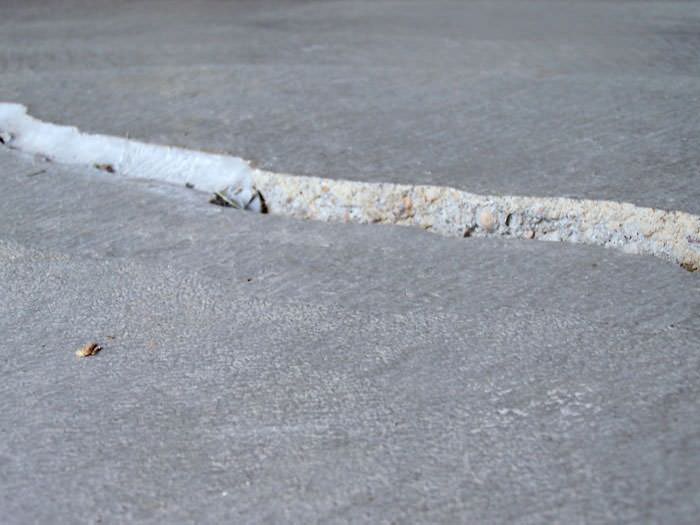
How to Prevent Cracks in Ground Floor Slabs
If your home is located in the Southern England, there is a great chance that your home is underlain with clay, which can affect your home’s stability and integrity due to the clay movement that is its expansion and shrinkage caused by the change in the moisture content within the soil. Basically what changes the moisture content in the clay is evaporation, rainfall and vegetation. All these natural processes can seriously damage the stability of your home foundation, why some proper precautions found in adequate construction materials need to be installed. Shrinkage caused by the reduction of moisture within the soil can be addressed in the construction phase, by deepening the foundation. This also goes for vertical swelling or expansion caused by the increased moisture content. However, since swelling of the soil can also be horizontal and cannot be taken care of with deeper foundation, some additional measures that will either compress the swelling or create voids, must be taken into account. One solution is to protect your concrete slab floor with clayboard void former.
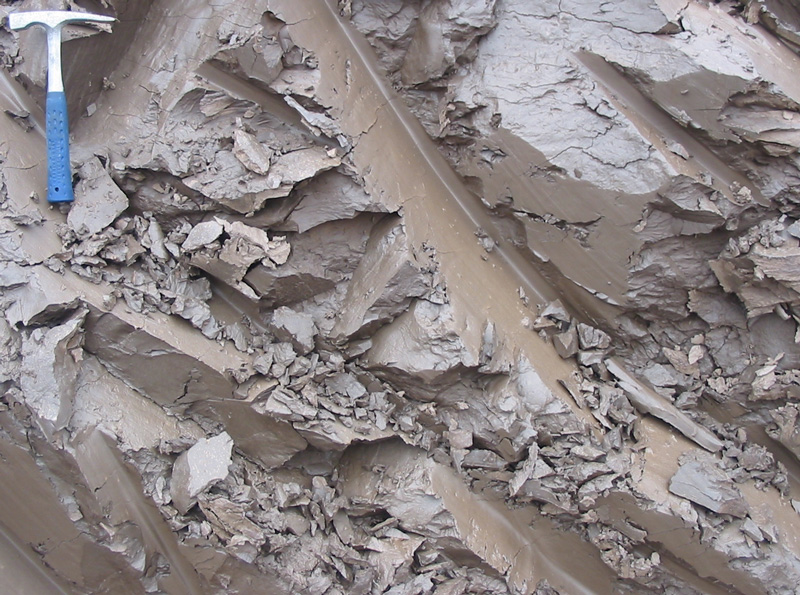
Make your Home Safe and Stabile
Compressible materials such as expanded polystyrene which can offer substantial support to wet concrete but has limited use under ground floor slabs, why the most commonly used alternative are specially designed clayboards, presenting a void former system comprising of a honeycomb core covered with lightweight polypropylene facings, organic and thus biodegradable, which affects its ecological characteristics.
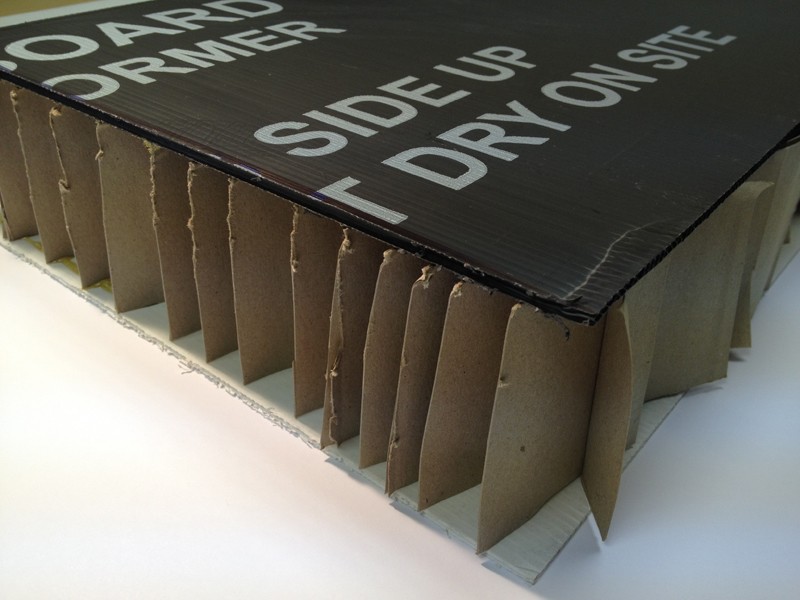
The void's purpose is to absorb clay movement and thus prevent the increased pressure added to the building foundation and on the concrete slab floor which is caused by clay expansion and shrinkage. Dufaylite has developed a unique Clayboard void former system which is eco-friendly, since biodegradable and strong enough to withstand the load of wet cement and steel reinforcement. Once the concrete has set, some water is simply added to the board whose honeycomb core is then degraded thus creating a void.
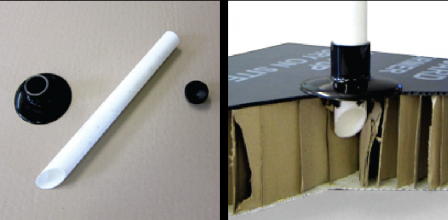
Clayboard void former is available as residential and commercial board, depending on its application and comprehensive strength. While residential one is especially designed for different types of residential applications, being able to withstand the load of a wet concrete of up to 1m of thickness, while the commercial one can be applied to massive commercial objects since being able to withstand the load imposed by the over 1m of thickness wet concrete.
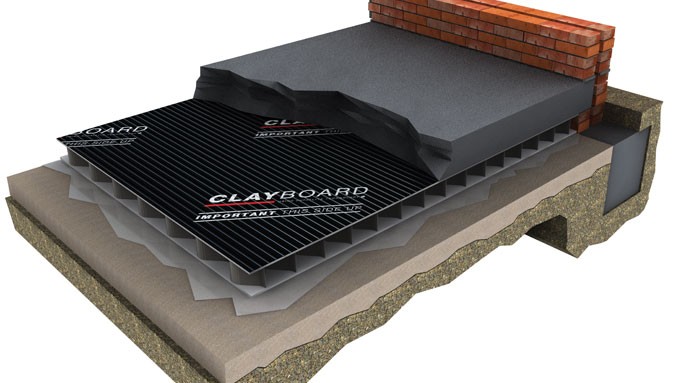
Apart from Clayboard void former's characteristic and application, you should also follow a few guidelines on its installation. Prior to even thinking about installation, it is very important that the board is kept in dry conditions since any water or moisture can affect the core which will degrade if exposed to water, which is something that should happen only once the board has already been properly laid on site. This is why it is important to keep the board covered at all times, until the installation begins.
The first step in installing clay heave void formers should always be adequate preparation of the site. This involves drying out the foundation since the board should not be laid in any standing water, then adding dry and flat sand binding and covering it with polythene sheeting. Then, the board should be placed face up and covered with at least 500g polythene, by overlapping and taping all the joints. Once the steel reinforcement has been positioned and the concrete has set, it is time to introduce a light flow of water so it reaches the board core. The water should be left for approximately two hours. Finally, the bottom facing of the board should be stricken so that the excessive water will be able to drain away and all the pipes sealed with some waterproof sealant or cement.
For more information on using Clayboard void formers, please read the product specifications and visit the manufacturers website. Feel free to contact us with your questions.


















































































































